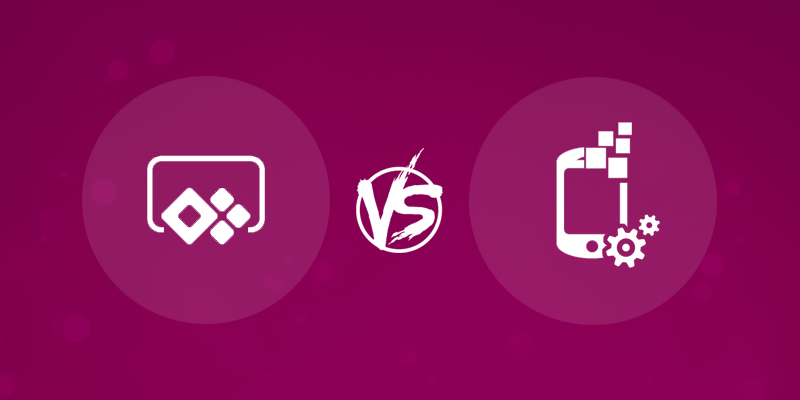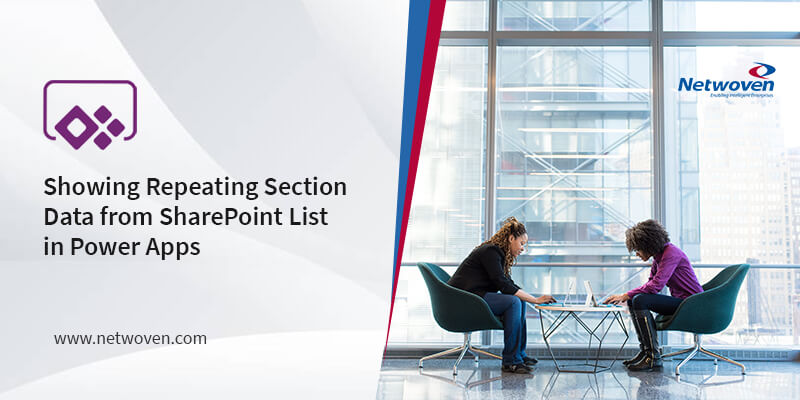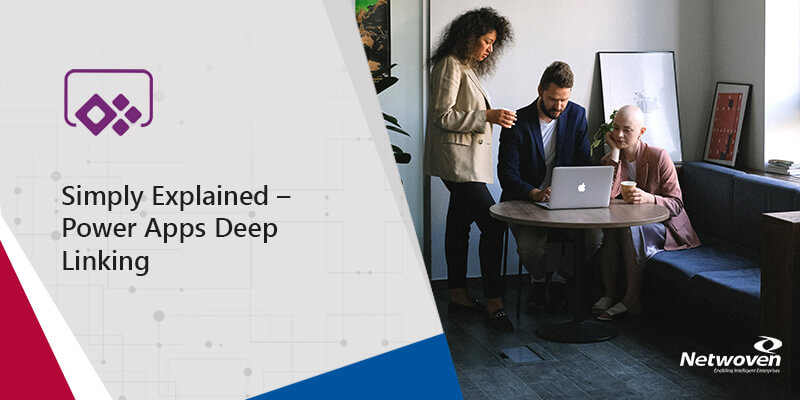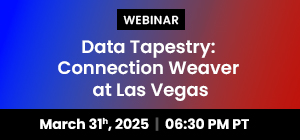As developers begin to use PowerApps for development, questions arise in their minds as to the differences between Traditional App Development Approach vs. using PowerApps. This article summarizes some of the differences between these approaches. The following categories are a good way to compare the two approaches:
Each of these have their own strengths and weaknesses. This comparison should help you decide the appropriate framework for your projects. The PowerApps approach has worked very well for some of my complex projects that required integration with Yammer and Office 365.
|
Category |
PowerApps |
Traditional Development |
|
Development Effort |
Used for creating Rich Business Applications without extensive code writing |
Requires specialized development skills |
|
User Interface Customization |
Commonly used controls are available and new controls are added regularly |
Much granular control of page design, user experience, and extensive controls library |
|
Responsive Design |
Natively supports mobile and tablet devices across all platforms |
Requires framework support (example: Bootstrap) and effort to achieve responsive design. Often, native mobile apps need to be developed. |
|
Integration |
Leverage Out-Of-The-Box connectors available from Microsoft |
Significant effort required and often a third party product with connectors may be required. |
|
Extensibility |
For complex business apps, capture business logic as custom REST APIs, and interact with external web pages while maintaining context |
Complete flexibility provided by frameworks |
|
Automation |
Simplifies decision making process by providing notifications, collecting data and automating approvals |
No out of box integration with workflow engines, custom implementation required |
|
Reporting |
Sophisticated reports and dashboards capability to provide data visualizations and insights via Power-BI |
JavaScript reporting libraries available (e.g. D3) for visualizations, add significant complexity |
I recently migrated a Salesforce application and replaced it with PowerApps, Flow and Power-BI. I was pleasantly surprised with the outcome.

























